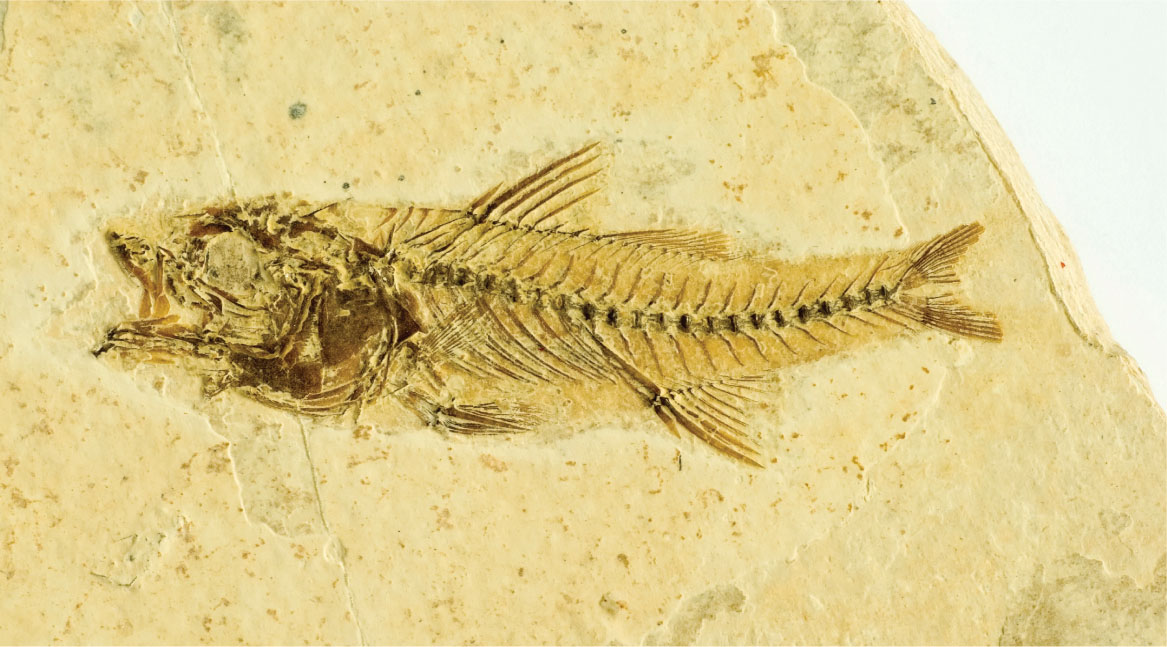FILLING IN THE GAPS

Asked what he thinks is most interesting about the discovery of Tiktaalik, Daeschler homes in on what he says is a popular misconception about the fossil record—that it’s “spotty” and “chaotic.” But that’s simply not true, he says. Despite the fact that it does not record all past life, the fossil record is still “very good”—so good, in fact, that you can use it to make and test predictions. You can, for example, look at the fossil record of fish and tetrapods and—suspecting on the basis of anatomy that the two groups are related—hypothesize that an intermediate-looking animal must have existed at some point. Then you can go look for it. Daeschler refers to this process as “filling in the gaps,” and it’s exactly what he and Shubin did with Tiktaalik. They knew, based on the existing fossil record, when such a creature was likely to have existed, so then it was just a question of where to look for it.
369
For Shubin and Daeschler, Tiktaalik is exciting mostly because it shows that our understanding of evolution is correct: “It confirms that we have a very good understanding of the framework of the history of life,” says Daeschler. “We predicted something like Tiktaalik, and sure enough, with a little time and effort, we found it.” 